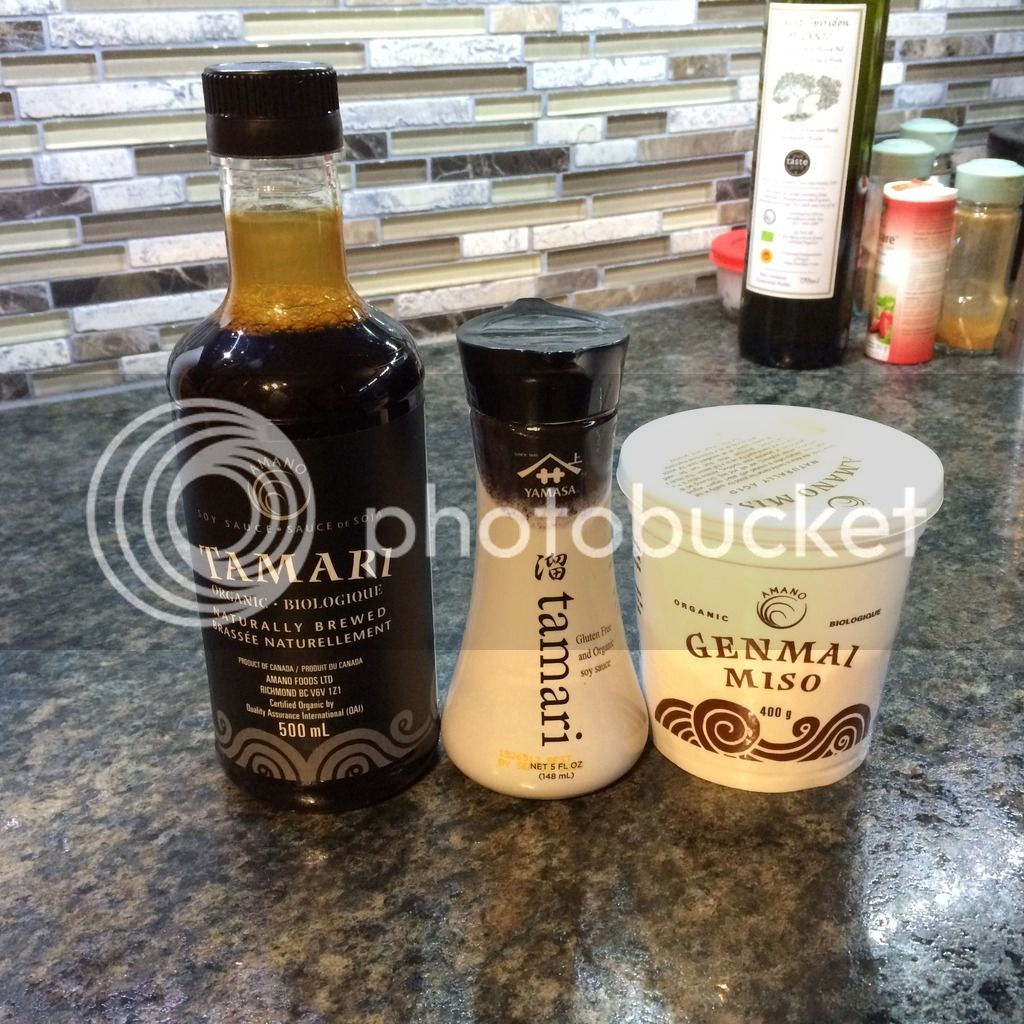spoiledbroth
Senior Member
- Joined
- May 17, 2015
- Messages
- 1,764
- Reaction score
- 4
I was watching a show where people were eating udon noodles in Japan with a hot "soy sauce based broth" the show did not give any information beyond that tidbit, and it got me wondering, is a soy sauce based broth in Japanese cuisine best defined as a mixture of soy sauce (is there a variety that works best?) and dashi or water (or whatever)? Is there a ratio of water to soy that works well?
I have been cooking with alot of soy sauce lately and have really enjoyed braising pork in water with soy sauce and a good dash of honey.
So in addition to my questions above, I would like to know, how do you cook with soy sauce? Which kinds do you buy, and do you have specific uses for a particular variety of soy?
Thanks guys! :wink:
I have been cooking with alot of soy sauce lately and have really enjoyed braising pork in water with soy sauce and a good dash of honey.
So in addition to my questions above, I would like to know, how do you cook with soy sauce? Which kinds do you buy, and do you have specific uses for a particular variety of soy?
Thanks guys! :wink:






